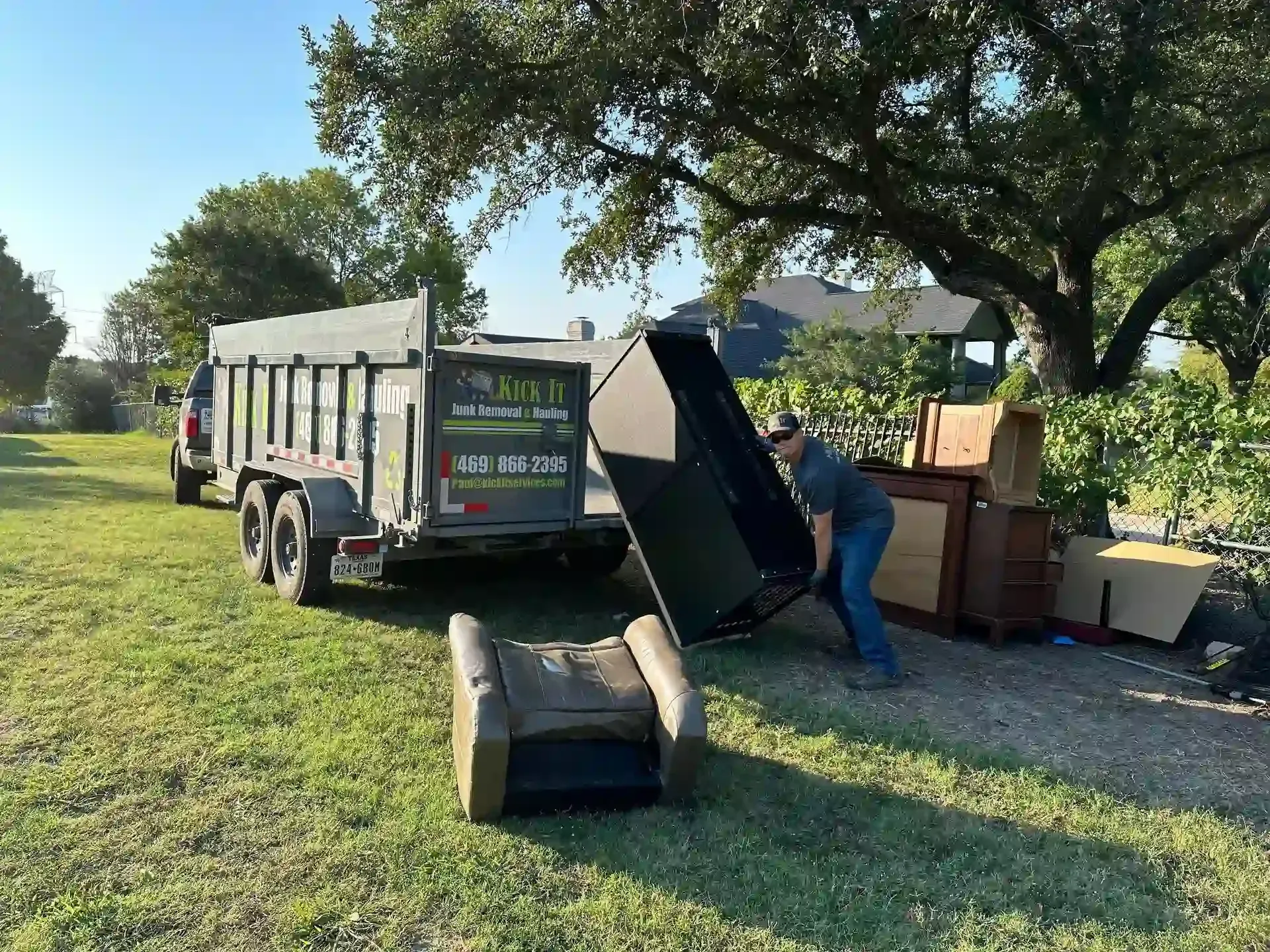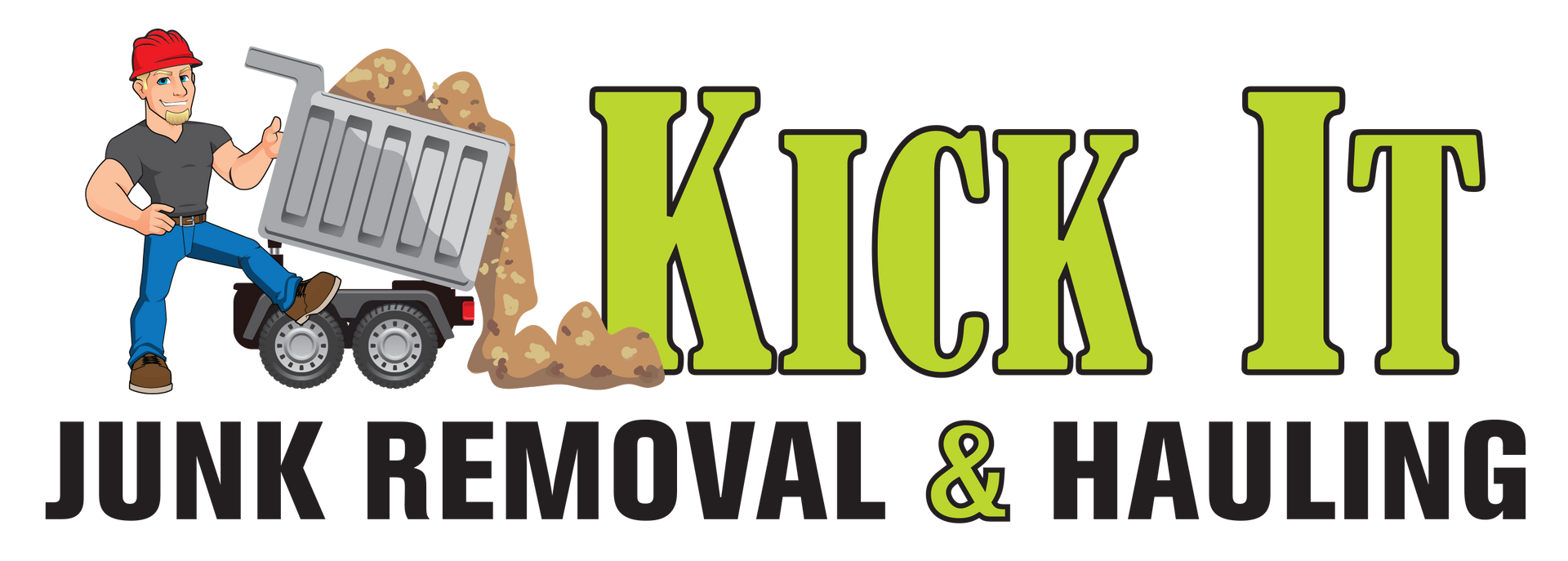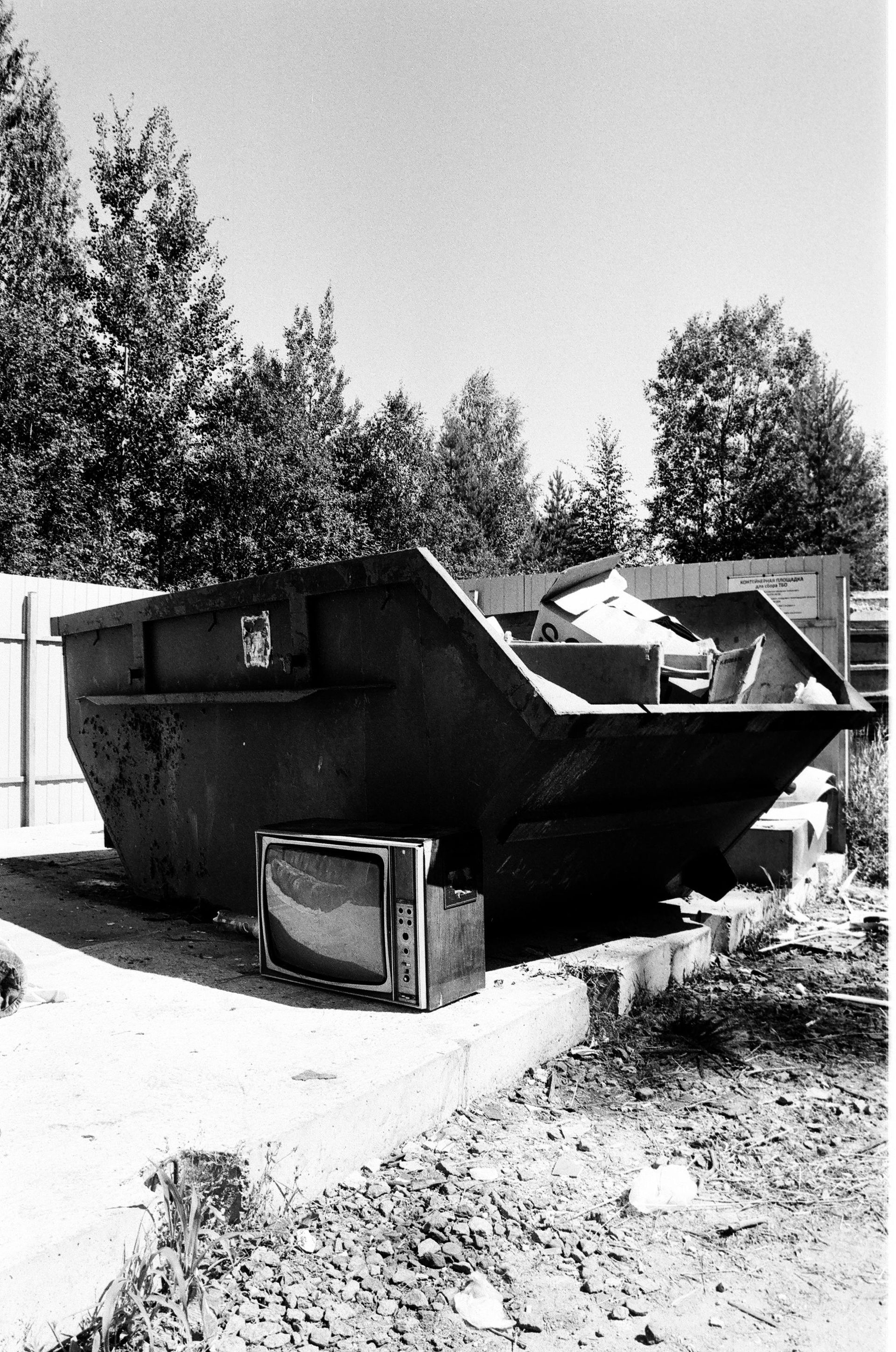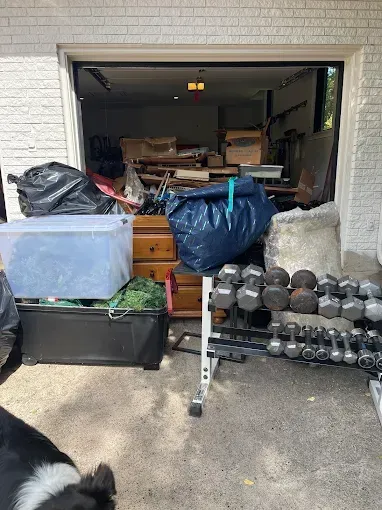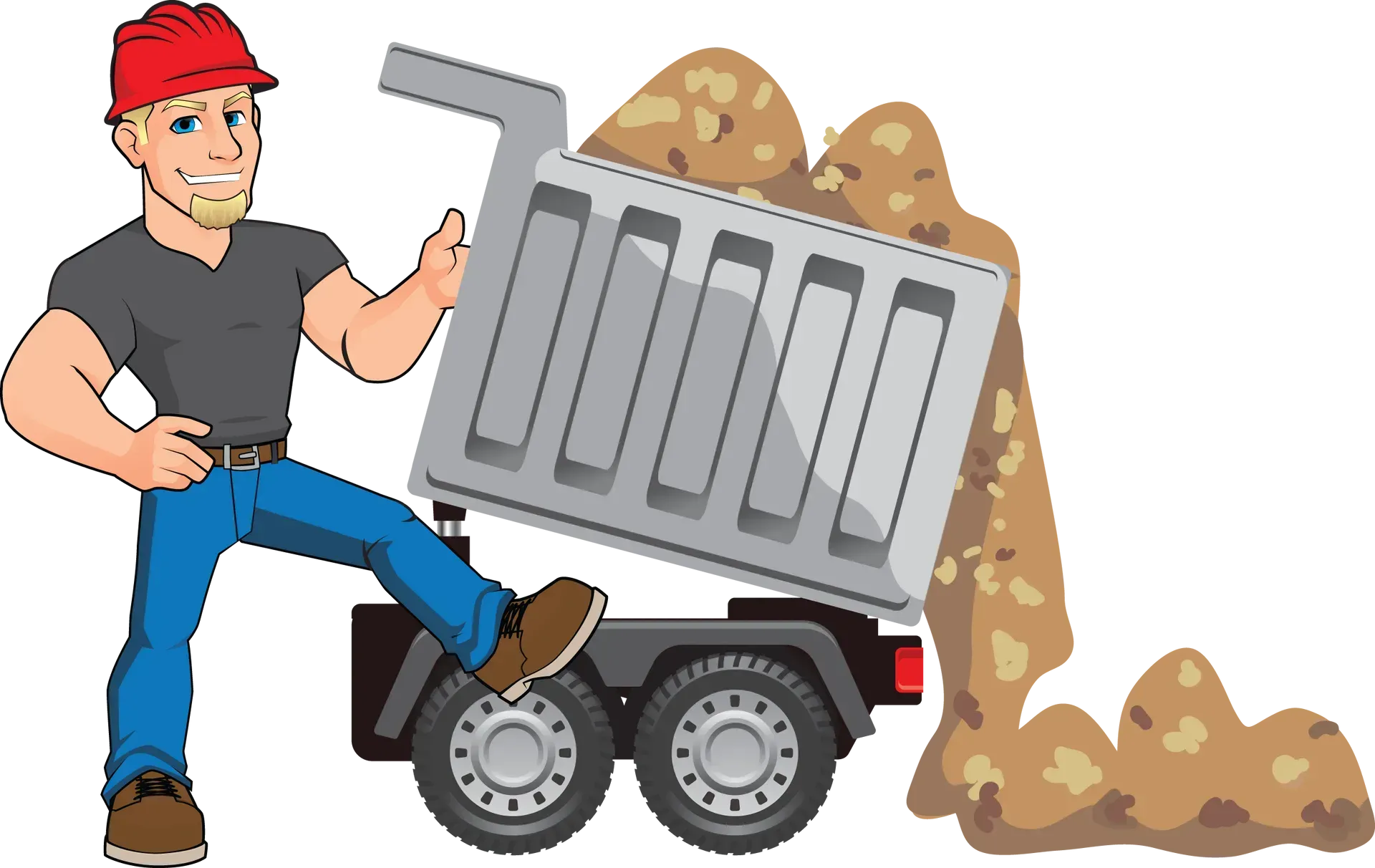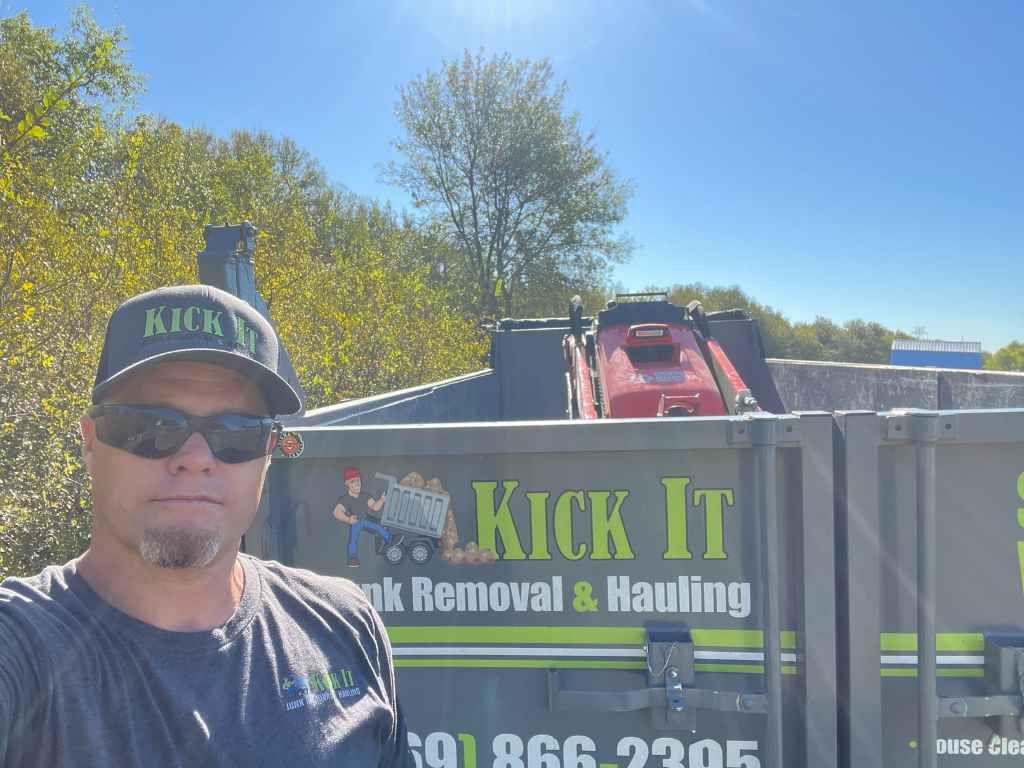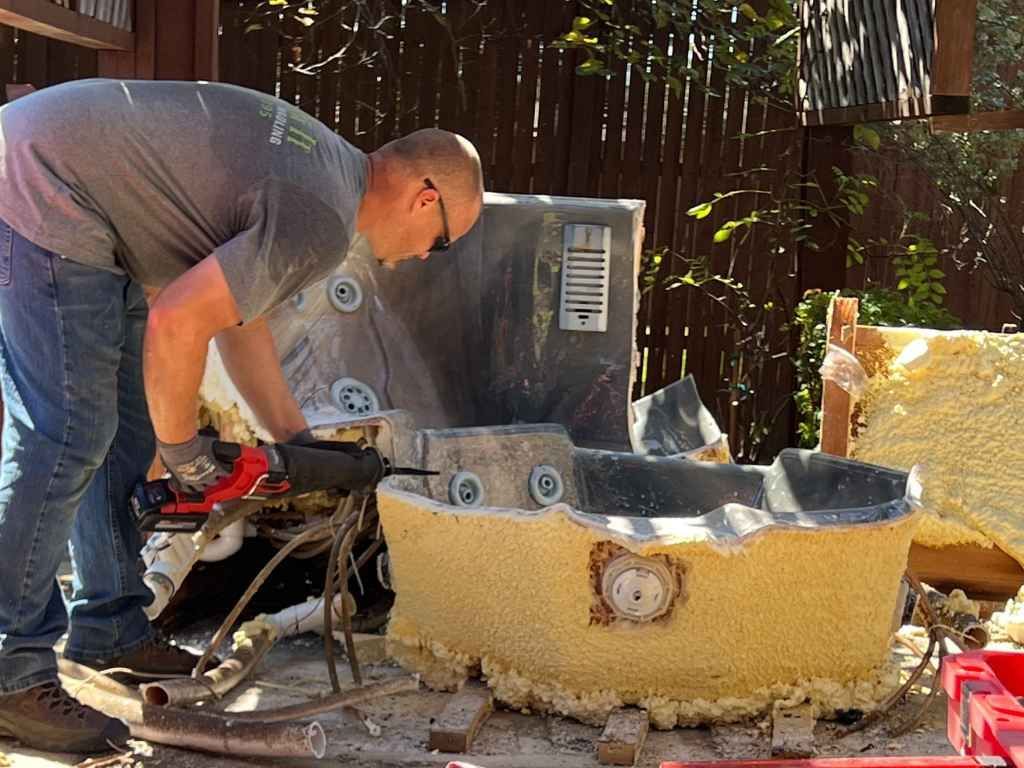What to Expect During a Warehouse Cleanout
When a warehouse gets cluttered, it’s more than just an eyesore—it can also lead to lost time, decreased productivity, and safety hazards. Whether you’re planning to downsize, move to a new location, or simply need to organize, a warehouse cleanout can offer many benefits. However, it can also seem like an overwhelming task, especially if you’re unsure about the process. From clearing out debris to disposing of outdated equipment, understanding what to expect during a warehouse cleanout is crucial to ensure the job is done efficiently and without unnecessary stress.
Understanding the Warehouse Cleanout Process
A warehouse cleanout typically involves a comprehensive evaluation of the space, sorting through materials, and removing unwanted items or debris. But before jumping into the work, it's important to set clear objectives. What do you hope to achieve with the cleanout? Are you simply looking to clear out some space, or are you preparing for a full-scale reorganization?
Pre-Cleanout Assessment
The first step in any warehouse cleanout is an assessment of the space. A team will inspect the warehouse to identify the areas that require attention. This might involve checking shelves, bins, and storage areas to identify unused inventory, broken equipment, or expired materials that no longer serve a purpose. Understanding the layout of the warehouse helps in planning the cleanout process, so it's crucial to have a clear picture of what needs to go and what can stay.
This initial evaluation is important for several reasons. It allows you to plan the cleanout to ensure minimal disruption to day-to-day operations. It also helps identify areas where safety may be a concern, such as cluttered walkways or hazardous materials that need to be dealt with appropriately.
Sorting and Categorizing Items
Once the space is assessed, the next step is sorting the items within the warehouse. This is where the bulk of the work takes place, and it’s essential to categorize everything to avoid unnecessary confusion.
Items in the warehouse can typically be broken down into a few key categories:
Items to Keep: These are the materials, equipment, or products that are still in use or will be needed for future operations. These items are often organized and stored properly to optimize space and keep them easily accessible.
Items to Donate or Recycle: Old equipment, unused inventory, or surplus materials can be donated or recycled. Donating items that are still in working condition is an environmentally friendly option, especially if the items could benefit another business or organization. Recycling is a great way to reduce waste and dispose of items that can no longer be used.
Items to Dispose Of: Some things in the warehouse are simply beyond repair or use. These need to be properly disposed of according to waste management regulations. This may include broken machinery, expired materials, or items that are hazardous to handle without proper safety measures.
Items to Sell: If there are assets in the warehouse that still hold value but are no longer necessary for your operations, selling them can be a profitable option. This can include excess inventory or outdated equipment that could still be used elsewhere.
Disposal and Removal
After sorting through the items, it’s time for removal. This part of the process can be especially daunting if you have large machinery, bulky furniture, or hazardous materials that require special disposal methods. This is when professional help can be incredibly useful. While you can attempt to handle everything on your own, having experts take care of the removal and disposal ensures that everything is done safely and in compliance with local regulations.
Professional warehouse cleanout services have the necessary equipment, experience, and knowledge to handle large-scale removals efficiently. They can also ensure proper disposal of hazardous waste, such as chemicals or electronic equipment, to protect your employees, the environment, and your reputation.
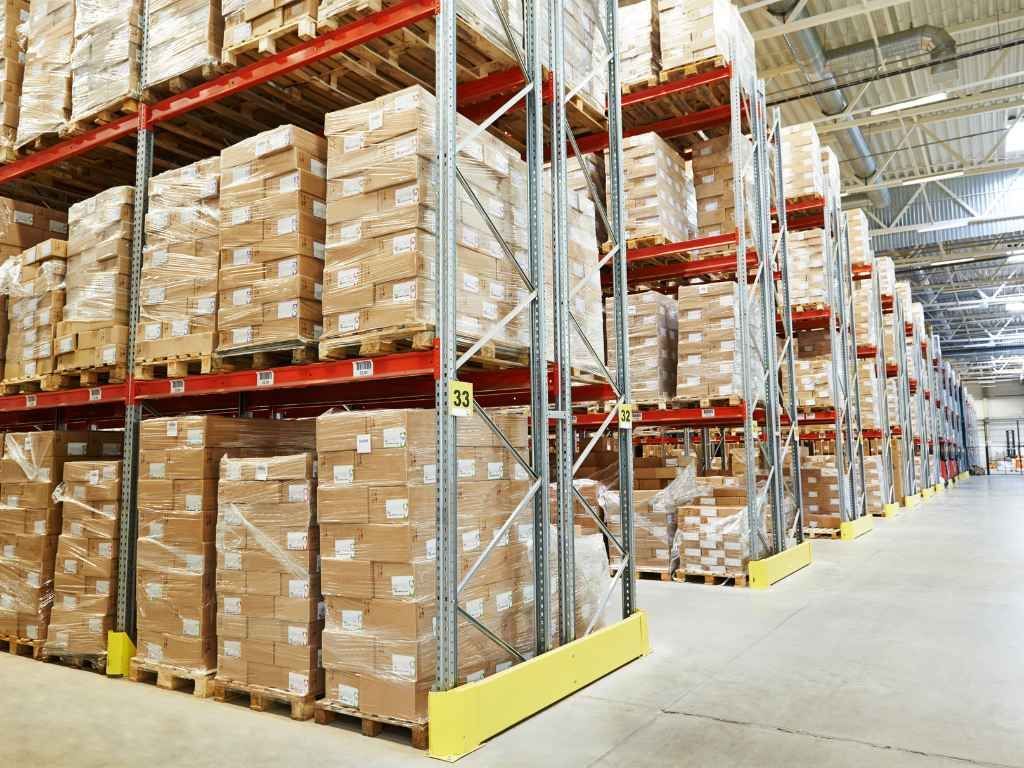
Cleaning the Warehouse
Once all unwanted items have been removed, it’s time to clean the space. A thorough cleaning of the warehouse is essential not only to improve the overall appearance of the facility but also to promote a healthier work environment. Dust, dirt, and grease can accumulate in warehouses, leading to poor air quality and safety hazards.
Cleaning efforts should focus on:
Floors: Warehouse floors tend to accumulate dirt and grime. Sweeping, mopping, and even power washing can go a long way in restoring the cleanliness of the floor, reducing slip hazards, and improving the overall look of the warehouse.
Shelving and Storage Areas: Shelves, racks, and storage bins should be cleaned and organized. This will make it easier to store new items and keep things accessible in the future.
Restrooms and Break Rooms: If your warehouse includes break rooms or restroom facilities, these areas should also be cleaned and sanitized to maintain a pleasant working environment.
Safety Considerations
Warehouse cleanouts are often physically demanding and sometimes hazardous. Safety should always be a priority during the process. Depending on the condition of the warehouse and the materials being removed, various safety protocols need to be followed. Ensure that the team involved in the cleanout is wearing appropriate personal protective equipment (PPE) such as gloves, hard hats, and safety shoes.
If hazardous materials are involved, special handling procedures should be followed. This could include proper labeling, safe transportation, and disposal of chemicals, flammable materials, or heavy machinery.
Moreover, the layout of the warehouse should be carefully considered to avoid accidents during the cleanout process. If there are areas of the warehouse that are particularly dangerous due to the clutter or unstable shelving, it might be best to tackle those areas first or seek professional assistance.
Final Touches and Reorganization
Once everything is cleared out and cleaned, the next step is reorganization. This is the perfect opportunity to redesign your warehouse layout for better efficiency and productivity. New shelves, better labeling systems, or a more efficient storage solution can help keep things in order long after the cleanout is finished.
If you’re reorganizing the entire warehouse, this may involve relocating equipment or inventory, setting up new workstations, or rethinking the overall flow of materials. The goal is to make the space work more effectively for your team and improve access to items that are used regularly.
This is also an ideal time to implement inventory management systems or technology that can make tracking items in the warehouse easier. This could include barcoding systems, RFID tags, or updated software that provides real-time inventory updates.
Post-Cleanout Evaluation
Once the warehouse is organized and the space is optimized, it’s time for a final evaluation. The cleanout process isn’t just about removing clutter—it’s also about assessing the warehouse’s future needs and how to maintain an organized environment moving forward.
A post-cleanout evaluation can involve assessing the effectiveness of the new organization system, checking for any potential safety hazards that may have been overlooked, and setting up a maintenance plan to ensure the warehouse stays clean and organized.
What to Expect When You Schedule a Warehouse Cleanout
Scheduling a warehouse cleanout can feel overwhelming, but understanding the process can ease the anxiety. The first step involves assessing the space to determine what needs to be removed, sorted, and organized. Identifying what’s worth keeping and what’s not will save time and ensure the cleanout is thorough. Professional help might be necessary, especially when dealing with bulky equipment or hazardous materials, ensuring everything is disposed of safely and efficiently.
Once all unwanted items are removed, cleaning the warehouse is a crucial next step. Sweeping, mopping, and sanitizing areas where inventory and equipment are stored help maintain a safe and productive environment. It’s also an opportunity to reorganize the layout for better efficiency, making it easier to access important tools and materials. By the end of the process, your warehouse will be more functional, reducing clutter and increasing overall productivity.
How a Warehouse Cleanout Can Enhance Your Business Efficiency
A warehouse cleanout is more than just tidying up—it can significantly improve your business efficiency. The process begins by sorting through items to determine which are still useful and which need to be removed. By categorizing materials and equipment, you create a more organized workspace, making it easier for your team to find what they need. Removing clutter also eliminates potential hazards, allowing employees to work more safely.
The benefits extend beyond the cleanout itself. Once the warehouse is organized, it becomes easier to implement a new system for inventory management and layout optimization. With improved organization, your warehouse can handle new stock more effectively, reducing the risk of stockouts or misplaced inventory. By creating a cleaner, more structured environment, you’ll increase productivity and reduce operational costs in the long run.
Conclusion
A warehouse cleanout is not just a way to clear out unwanted items—it’s a chance to improve efficiency, increase safety, and set up the warehouse for future success. By preparing properly, sorting through items carefully, and working with professionals who can handle the heavy lifting and disposal, you can ensure that the cleanout process is as smooth and stress-free as possible.
If you’re planning a warehouse cleanout, it's always good to have a trusted partner to help with the removal and disposal of unwanted items. Professional services can save you time and effort, allowing you to focus on what really matters—running your business.
For all your warehouse cleanout needs, consider getting in touch with the experts at Kick It Junk Removal & Hauling. They offer reliable and efficient
junk removal services for warehouses and other spaces in Forney, Texas and beyond. Get in touch with them today to schedule your cleanout and create a more organized, productive environment.
